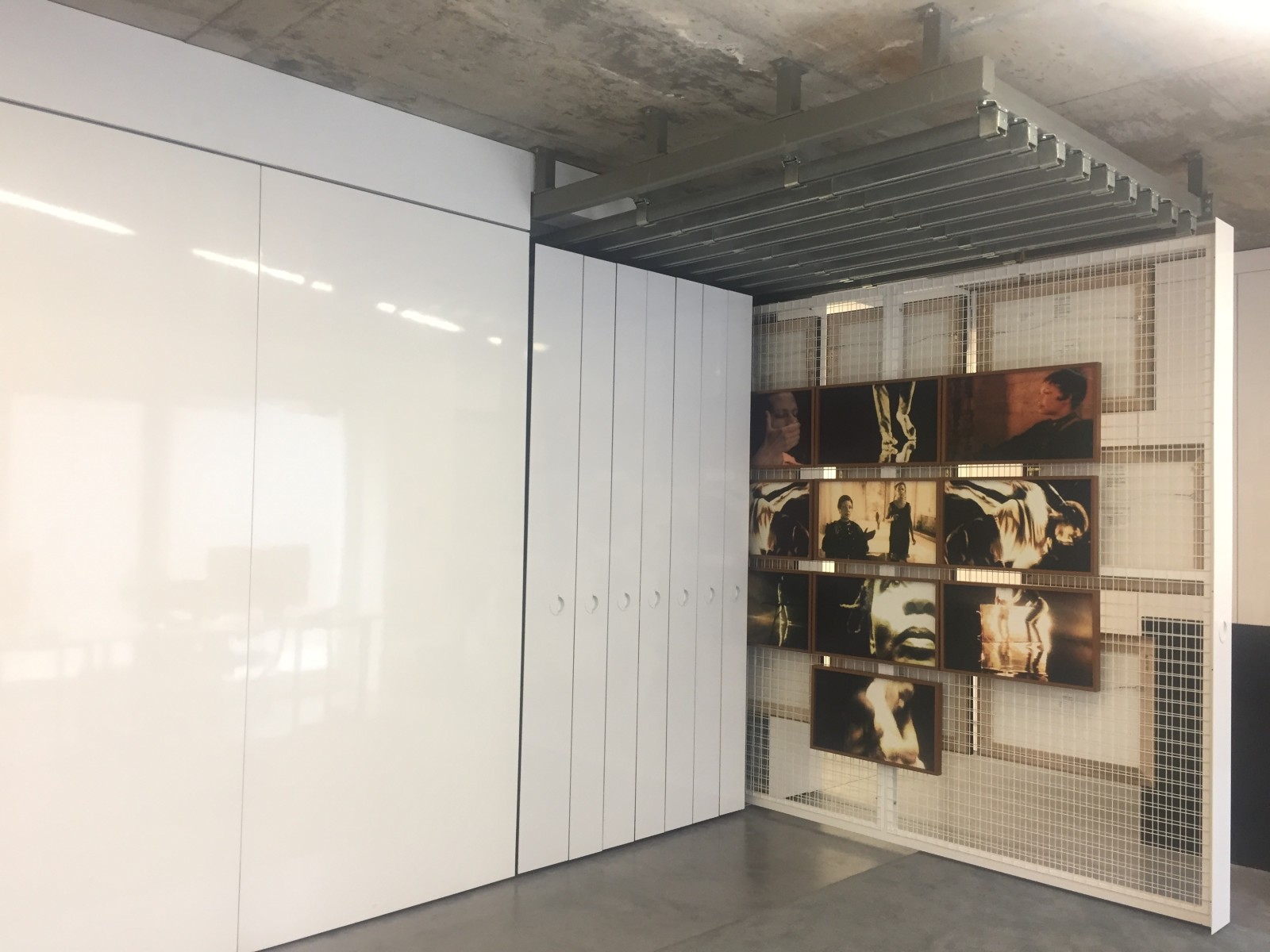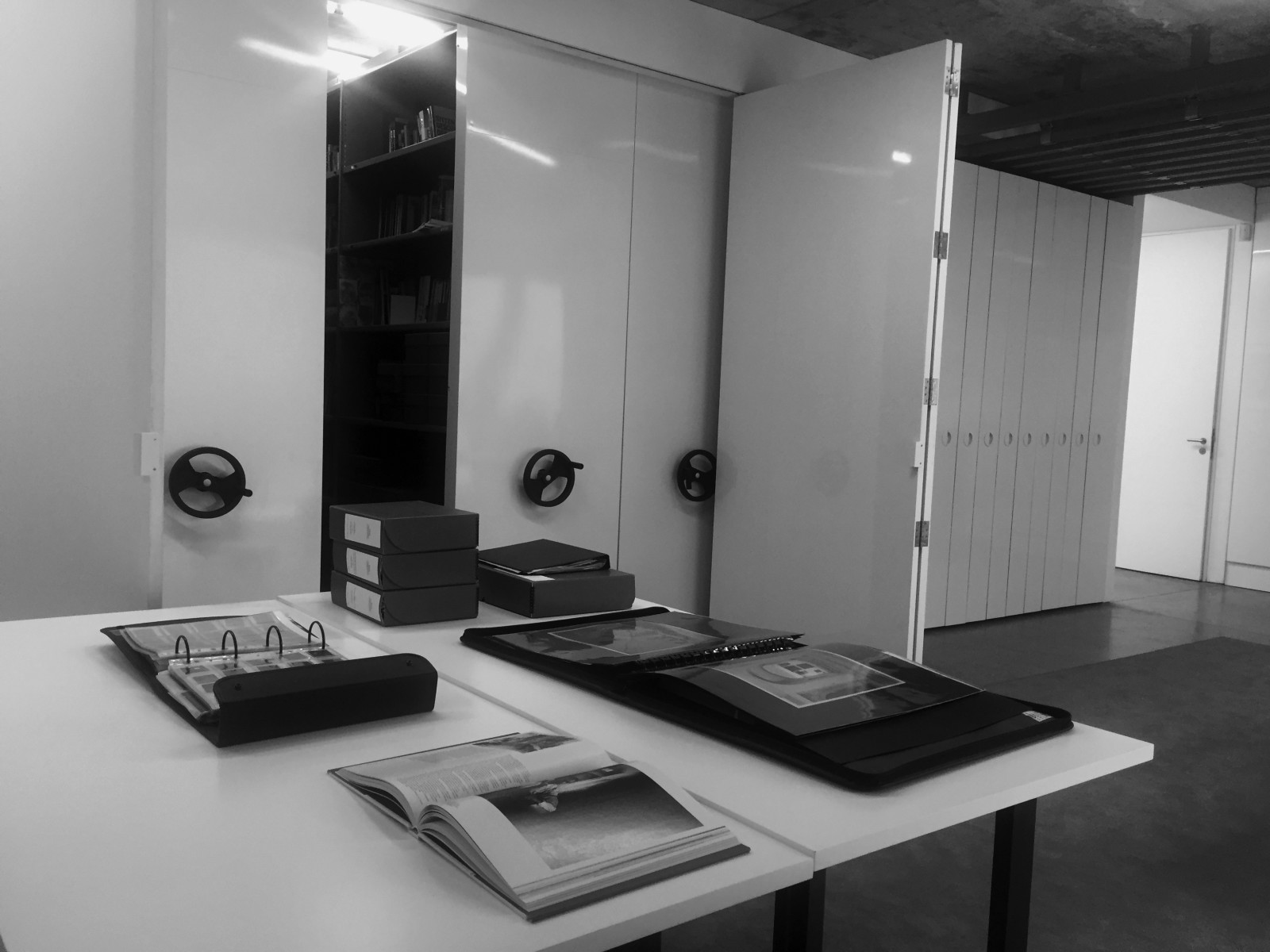Isaac Julien Archive and Collection
Isaac Julien Archive and Collection are at the heart of the activities developed at Isaac Julien Studio. Spanning a period of almost forty years, with its combination of audio-visual, paper, and artefact-based archive, Isaac Julien Archive and Collection have been art the core of the artist's practice. The Archive is not only a powerful resource which guides Julien's artistic practice - it is often sought by curators, academics, scholars, researchers and students with a broad range of interests, from art and film studies to global politics.
The commercial imperative, in a digital age, has dictated built-in obsolescence as an integral character of electronic media. Electronic media- video, audio and digital art works, and film were never intended to last for time immemorial. It was never their goal to function as archive storage medium, but through the innovations of digital migration, technological archive storage may be successfully achieved.
As early as 1995, in the US, Bruce Sterling was to recognise the problematical relationship of new technologies to archiving, and subsequently to history. Sterling went on to write the seminal text, which was to achieve cult status, "Dead Media Manifesto". Declaring "New media', to be inherently intangible, Sterling states, "it's a rather rare phenomenon for an established medium to die… but some media do in fact perish".
In the event of video art becoming an art form for collection, Isaac Julien Archive is a potential tool to critically address the above concerns. Sterling was to recommend greater analysis of earlier media formats, in order to adequately respond to the opportunities, and weaknesses of new media formats, as they emerge.
More recently, British cultural institutions have begun to address the historical implications of, what is termed as, "time-based media works of art" (e.g. video, slide, film, audio, and computer-based installations). The British consortia had recognised as late as 2004 that no current standards existed for the handling, installation and stewardship of these works. Likewise, Isaac Julien Archive is an on-going initiative, with a profound awareness of the important of its audio-visual archive. Negatives and copies of films and video in various formats are kept at an outsourced climatised storage facility, while Isaac Julien Studio maintains an extensive library, database, as well as an archive for works on paper. Isaac Julien Archive was designed by Sir David Adjaye.



